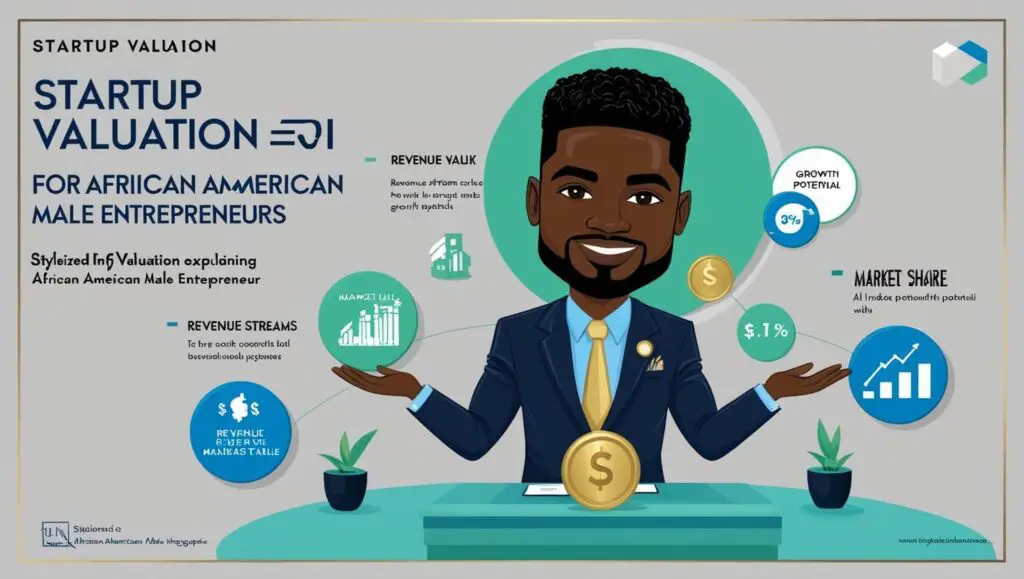Thinking about launching your startup or pitching to investors? Then buckle up, because startup valuation is one of the most talked-about—and misunderstood—parts of building a business. Let’s break it all down in plain English, no jargon, just you, me, and a cup of entrepreneurial spirit.
What Is Startup Valuation, Really?
Startup valuation is basically the price tag on your baby (aka your startup). It tells the world how much your company is worth at a specific moment in time. But spoiler alert: it’s not just a fancy equation.
Why It’s Not Just About the Numbers
Valuing a startup is kind of like valuing art. Two people might look at the same company and come up with wildly different valuations. Why? Because startups are about potential, dreams, and risk—things numbers don’t always capture.
Why Startup Valuation Matters
Valuation isn’t just a random number—it shapes everything from how much money you can raise to how much equity you give away.
For Founders
- Determines how much equity you give up in a funding round.
- Helps you plan your fundraising milestones.
- Impacts long-term control of your company.
For Investors
- Affects how much of your company they own.
- Sets expectations for return on investment (ROI).
- Influences their risk appetite.
Pre-Money vs Post-Money Valuation
Let’s keep it simple:
- Pre-money valuation = Your startup’s value before the new investment.
- Post-money valuation = Your startup’s value after the investment.
Example:
If your pre-money is $2M and an investor adds $500K, your post-money is $2.5M. Easy math, but the implications? Huge.
Common Methods to Value a Startup
Here’s where it gets technical—but still digestible.
1. The Market Multiple Method
Looks at similar companies (comps) and what they’re worth.
Think: “If that startup with a similar product is worth $10M, we might be worth around that too.”
2. Discounted Cash Flow (DCF)
A favorite among finance folks.
It projects future cash flows and brings them back to today’s value. It’s precise but assumes you can predict the future—risky for early-stage startups.
3. Berkus Method
Great for pre-revenue startups.
It gives value to different elements like your idea, team, and prototype—each worth up to $500K. Add them up, and that’s your valuation.
4. Scorecard Valuation Method
Compares your startup to others in your region and adjusts based on factors like market size and competition.
5. Risk Factor Summation
Adds or subtracts value based on how risky each part of your business is (team, tech, competition, etc.). More risk = lower value.
Early-Stage vs Late-Stage Valuation
- Early-stage = More guesswork, less data.
- Late-stage = More numbers to back things up.
In early stages, investors bet on your vision. In later stages, they bet on your metrics.
Key Factors That Influence Startup Valuation
Not all startups are created equal. These things can make or break your number:
1. Team Strength
Investors love a solid, experienced team. A brilliant idea with a weak team? That’s a red flag.
2. Product-Market Fit
Are people actually using your product and loving it? That’s gold.
3. Traction and Metrics
User growth, revenue, churn rate—these are proof you’re not just hype.
4. Industry Trends
If your startup rides the wave of a hot trend (think AI, climate tech), you might score a higher valuation.
5. Competitive Landscape
Too much competition? You’ll need a strong edge. If you’re alone in a new market, that’s exciting—but also riskier.
The Role of Emotions and Perceptions
Valuation isn’t purely logical. Sometimes, hype drives the numbers. Think about unicorns like WeWork or Theranos—massive early valuations, but reality hit hard. Perception can inflate or deflate your startup’s worth.
Valuation Mistakes Founders Should Avoid
Everyone messes up, but let’s avoid the rookie traps.
1. Overhyping Your Idea
“It’s the next Facebook!” Slow down. Investors have heard it all. Be confident but realistic.
2. Ignoring Comparable Startups
If five similar startups are valued at $5M, and you want $20M, you’d better have a killer reason.
How to Justify Your Valuation to Investors
So, you’ve picked a number—now back it up.
1. Solid Pitch Deck
Show traction, your go-to-market strategy, financials, and your secret sauce. This is your story. Tell it well.
2. Realistic Financials
Don’t inflate revenue projections just to look fancy. Show you understand your market, expenses, and growth path.
Negotiation Tips for Better Valuation
- Know your walk-away number.
- Understand investor expectations.
- Stay cool—desperation is a valuation killer.
- Have multiple investors interested. Creates a bidding war? Even better.
What Happens After Valuation?
Once you’ve nailed your valuation and funding, the real work begins:
- Paperwork (yay).
- Cap table updates.
- Execution of your growth plan.
- Investor updates (yep, that too).
And just like that, you’re officially in the game.
Conclusion
Startup valuation isn’t just a number—it’s your narrative, potential, and ambition wrapped in dollar signs. Whether you’re pitching your first investor or prepping for Series A, remember: your value is more than metrics. It’s you, your team, and your vision. Stay grounded, be transparent, and trust the process.
FAQs
1. What’s the biggest factor in startup valuation?
The team. Investors bet on people more than products, especially early on.
2. Can I increase my valuation without revenue?
Yes—by building a strong team, showing traction (like users or partnerships), and solving a big problem.
3. Is a higher valuation always better?
Not necessarily. Overvaluation can hurt you in the next funding round if you don’t meet expectations.
4. How often should I update my valuation?
Typically at each funding round or major milestone (e.g., hitting revenue targets, launching a product).
5. Do I need a professional to value my startup?
Not always, but financial advisors or VCs can help validate your numbers, especially for complex models.

